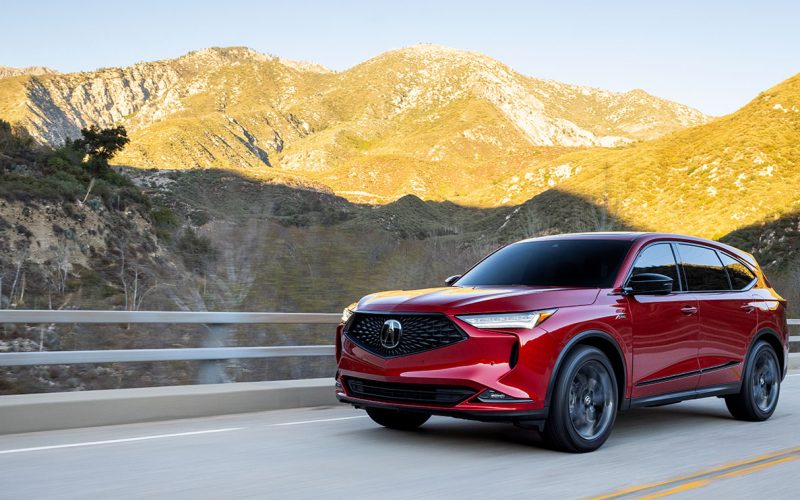
Reading Time: 2 minutesOff to a very good start, the totally redesigned 2022 Acura MDX has taken home a
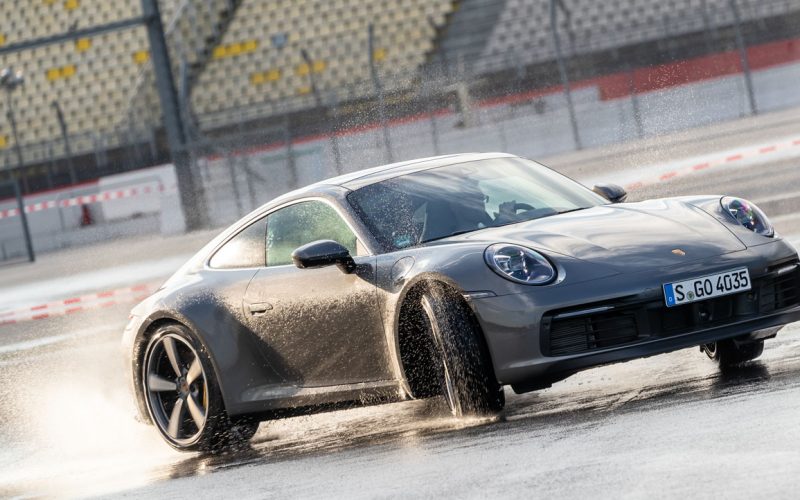
Reading Time: 5 minutesWho could have known? Porsche 911 owners drive too fast. Even in the wet. With such
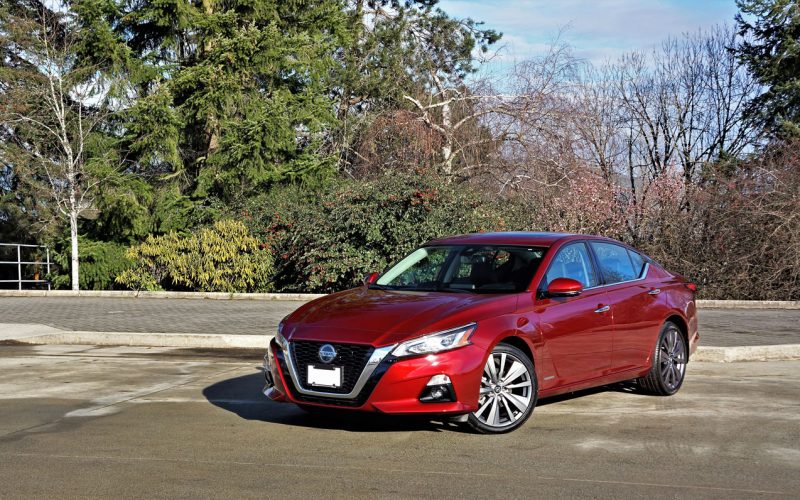
Reading Time: 13 minutesNissan’s Altima has long placed mid-pack in popularity amongst the dozen or so mid-size family sedans
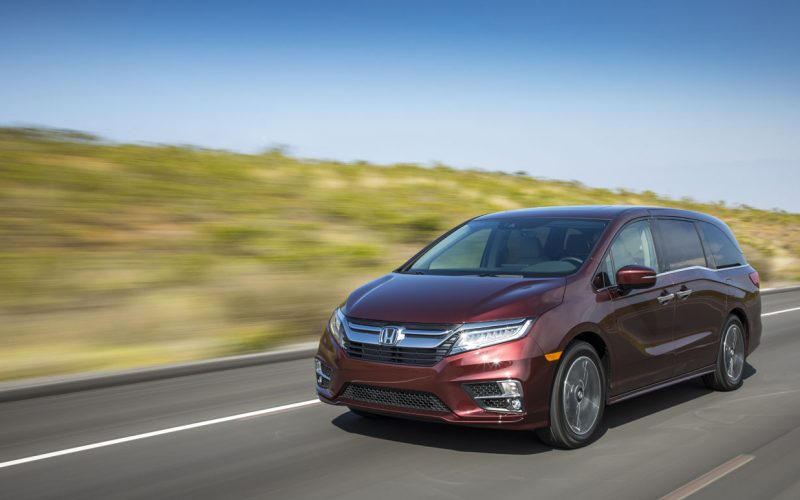
Reading Time: 4 minutesA key selling point amongst family buyers is safety, and there’s no safer minivan than the
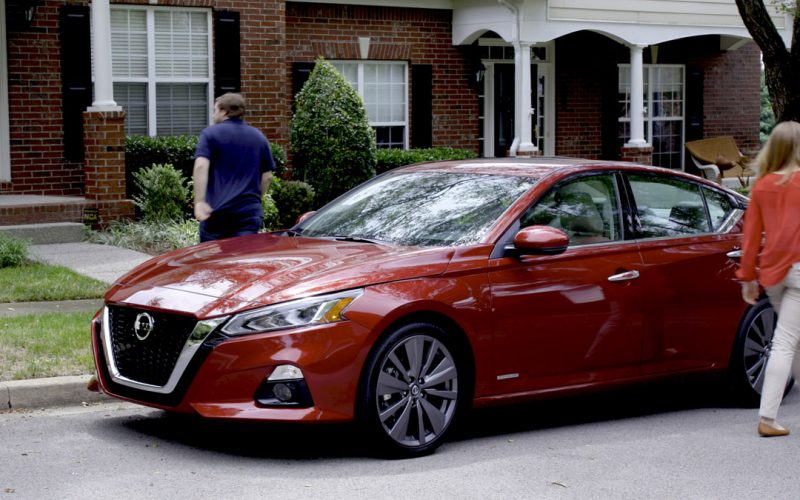
Reading Time: 4 minutesLast year Nissan announced its new “Rear Door Alert” (RDA) technology would soon be available on
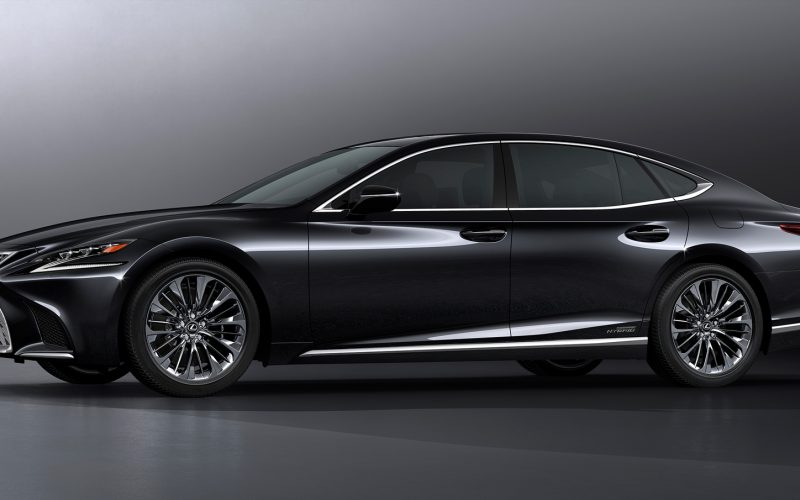
Reading Time: 3 minutesToyota announced the new safety features in the Lexus LS in Japan this week calling it
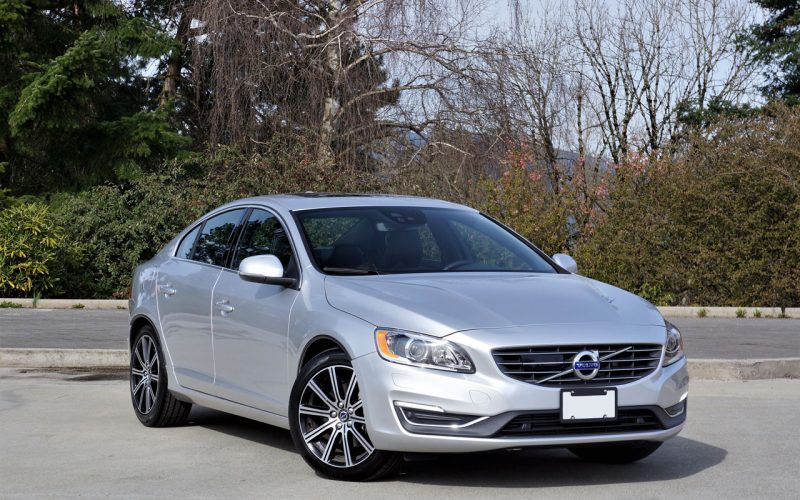
Reading Time: 5 minutesVolvo has been very busy remaking its entire brand over the past few years. It started
© 2025 The Car Magazine. All Rights Reserved, Privacy Policy | Terms of Use